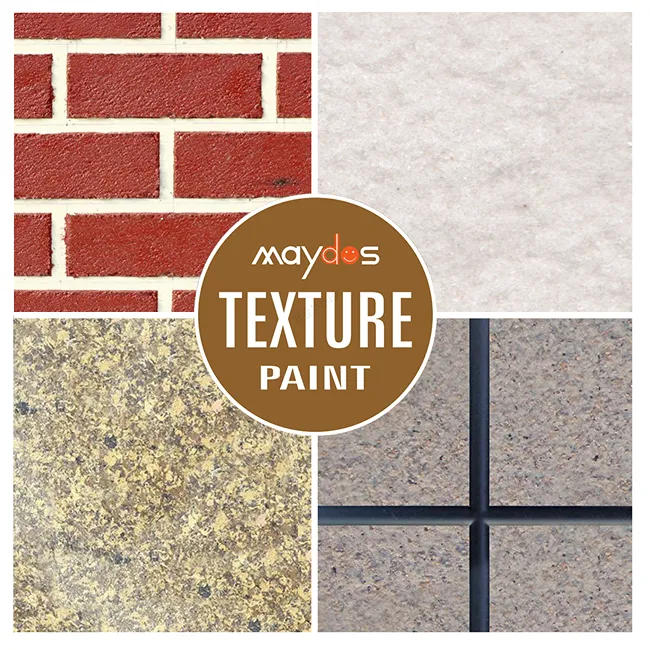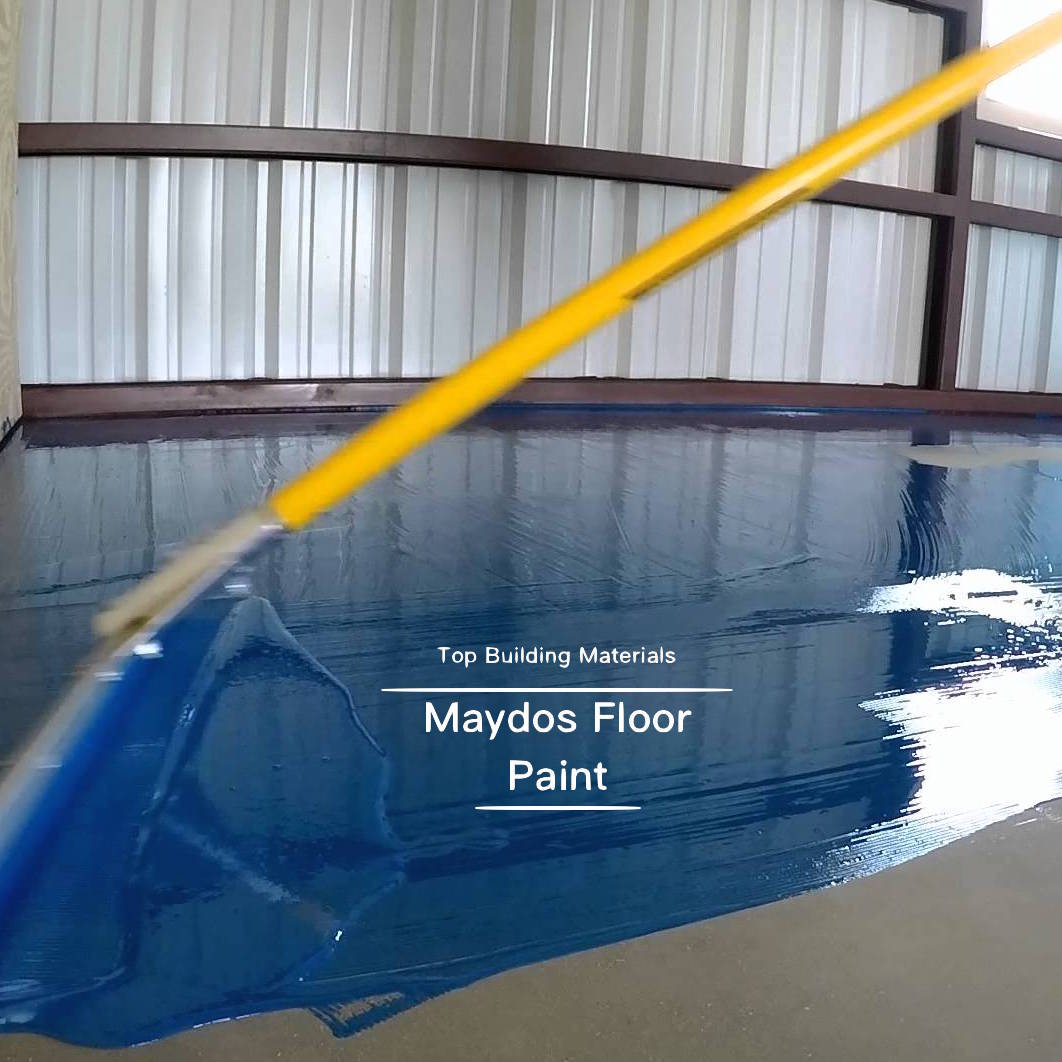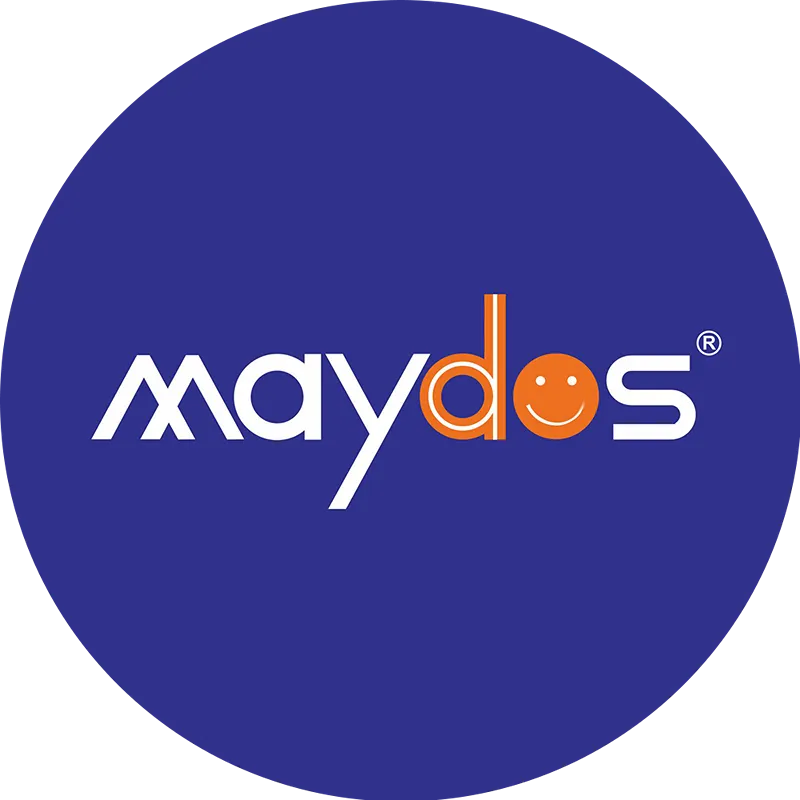LiquidMembrane Waterproofing and the Advantages of Acrylic-Based Systems
Waterproofing is an essential component of modern construction, as it provides a barrier against the infiltration of water into structures and protects them from damage and deterioration. There are several different waterproofing methods available, including coatings, membranes, and systems that combine various materials. One of the most effective and versatile methods is liquid membrane waterproofing, which uses a liquid applied coating to create a waterproof barrier. Among the various types of liquid membrane waterproofing systems, acrylic-based systems are particularly noteworthy due to their many advantages, including their resistance to high temperatures.
What is Liquid Membrane Waterproofing?
Liquid membrane waterproofing is a type of waterproofing system that uses a liquid-applied coating to create a waterproof barrier on various surfaces, such as concrete, wood, metal, and more. The liquid is typically a polyurethane, polyurea, or acrylic material that dries to form a continuous membrane that provides protection against water infiltration. This technique is commonly used in construction, particularly in waterproofing roofs, balconies, foundations, retaining walls, and tunnels. The liquid membrane is flexible and can bridge small cracks, making it an effective solution for waterproofing in both new construction and remediation projects.
Advantages of Liquid Membrane Waterproofing
One of the main advantages of liquid membrane waterproofing is its ease of application. The liquid form of the waterproofing material makes it easier to apply and spread evenly compared to other waterproofing materials. This reduces the amount of time and labor required to complete the waterproofing process, making it a cost-effective solution for large projects.
In addition to being easy to apply, liquid membrane waterproofing is also highly durable. The continuous membrane formed by the liquid provides a strong and effective barrier against water infiltration, protecting the structure from damage and deterioration. Furthermore, many types of liquid membrane waterproofing systems are formulated to be resistant to UV light, extreme temperatures, and chemicals, ensuring their long-term performance and effectiveness.
Another advantage of liquid membrane waterproofing is its flexibility. The liquid form allows for the membrane to be applied to a variety of surfaces, including those with curves and irregular shapes. Additionally, the flexibility of the liquid membrane allows it to expand and contract with the surface, reducing the risk of cracking over time. This makes it an ideal solution for waterproofing surfaces that are subject to movement, such as those exposed to temperature changes or vibrations.
In addition to its functional benefits, liquid membrane waterproofing can also enhance the appearance of the waterproofed surface. Many liquid membrane systems provide a clear and glossy finish that enhances the appearance of the surface, making it a suitable solution for high-visibility areas such as balconies and roof terraces.
Acrylic-Based Liquid Membrane Waterproofing
Acrylic-based liquid membrane waterproofing is a type of liquid membrane system that uses an acrylic polymer to create a waterproof barrier. Acrylic polymers are known for their thermal stability and resistance to high temperatures, making them an ideal choice for waterproofing in warm climates. The polymer matrix in the liquid membrane provides a barrier between the surface and the environment, protecting the surface from extreme heat and ensuring that the waterproofing remains intact.
Advantages of Acrylic-Based Liquid Membrane Waterproofing
One of the key advantages of acrylic-based liquid membrane waterproofing is its resistance to high temperatures. The thermal stability of the acrylic polymer and the properties of the polymer matrix allow the system to remain effective and intact even in extreme heat, making it a suitable solution for waterproofing in warm climates.





















